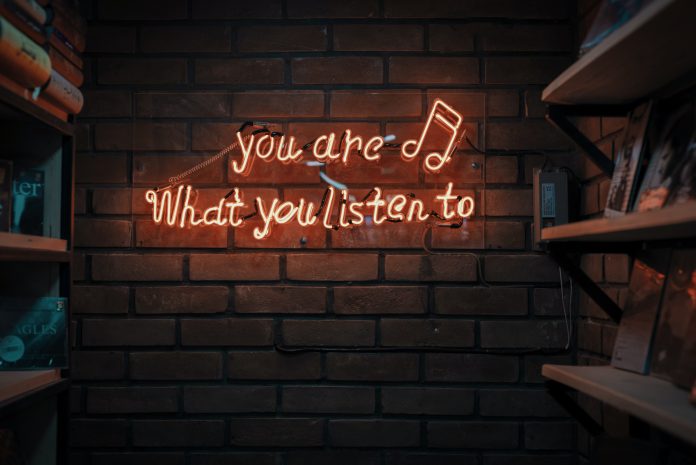Mathematicians recently conducted a study that compared new music download patterns to infectious disease curves. This may seem a little far-fetched but their results showed that downloading new music can prove to be quite infectious. Dora Rosati is the lead author of the study and worked with colleagues at the University in Ontario, Canada to figure out how songs become so popular. They used mathematical tools normally applied to analyzing the spread of infectious diseases.
Using a database of almost 1.4bn song downloads from now-discontinued streaming service, MixRadio, they put the SIR model to the test. Fitting song download trends over the course of seven years, their findings prove that social processes drive the spread. It could be disease, processes, or popularity. As they put it, “both music and infectious diseases depend on social connection to spread through populations”. Catching an infectious from someone is comparable to finding a cool, new song and overplaying it until you find another. Then you wait some period of time before it shuffles on again and you’re back to listening to it, filled with nostaglia.
It could be from a cool video or a movie soundtrack, perhaps even word of mouth. They highlight the only difference is there are more ways for music to spread. The Ro (basic reproduction number) for dance and metal had the lowest scores while pop music tallied just above. Rock and hip-hop top that, but electronica scored the highest. EDM’s score is 3,430 which means its 190 more times infectious than measles.
“For things like pop and rock, I think the radio would have served them pretty well back when that was the main transmission method. The biggest changes are likely to be in these more niche genres that wouldn’t necessarily have been getting the radio play. Or where the artists weren’t as big. I think they have a much better chance of spreading in our current situation of streaming and social media platforms.”
Dora Rosati, lead author, former gradute in math and statistics
The researchers point out that this is strictly relative to its spread rate and not the number of downloads. We like what we like, and we don’t like what we don’t. The proof is in our playlists and we have our groups, but we can still come together as a community and appreciate what music does for us. Perhaps we can use this same model to outline other trends as well. Check out the rest of their findings here.




